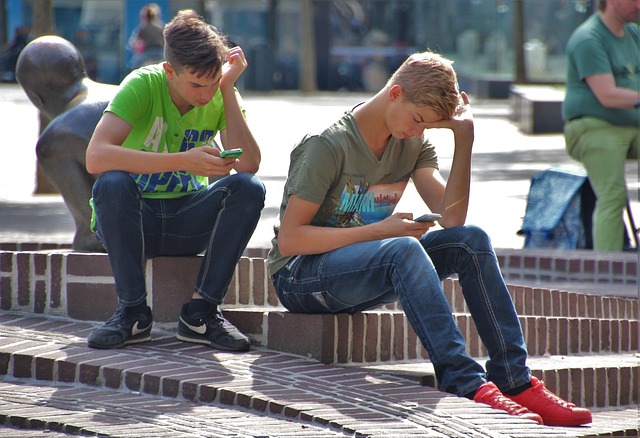Shifting Sands: Changing Dynamics of Friendships in the Digital Age
The digital age has transformed the way we create, maintain, and engage with our friendships. As our world becomes increasingly digitized, so does our social landscape. But what are the implications of these transformations? Read below to delve into the fascinating world of digital friendships.

Digital Friendships: A Journey Through Time
Before the internet, friendships were primarily formed through face-to-face interactions, in schools, neighbourhoods, or workplaces. However, the advent of technology ushered in a new era of digital connections. In the early 2000s, social media platforms like Friendster and MySpace emerged, fundamentally reshaping our social interactions. These platforms allowed users to create profiles, connect with friends, and communicate online. As technology advanced, so did our means of social connection.
The Current Landscape of Digital Friendships
Today, digital friendships have become an integral part of our lives. From social media platforms to online gaming, we are continuously connected with friends across the globe. According to a study by the Pew Research Center, 57% of teenagers have made a friend online. This trend is not limited to the younger generation; adults also form friendships online, often through shared interests or experiences.
The Impact of Digital Friendships on Society
The impact of digital friendships on society is significant. For one, they have broadened our social networks, allowing us to connect with people we may never have met otherwise. This has led to a more diverse and inclusive society, as people are exposed to different cultures, perspectives, and ideas. Furthermore, digital friendships have offered a lifeline to those who may feel isolated or misunderstood in their immediate environment.
The Dark Side of Digital Friendships
Despite these benefits, digital friendships also have downsides. They can lead to feelings of loneliness and dissatisfaction, as online interactions often lack the depth and intimacy of in-person connections. Additionally, the prevalence of digital friendships has been linked to increased rates of anxiety and depression, particularly among young people.
Looking Ahead: The Future of Digital Friendships
As our society continues to evolve, so will our friendships. With the rise of virtual reality and other immersive technologies, we can expect digital friendships to become even more complex and nuanced. Regardless of what the future holds, one thing is clear: digital friendships are here to stay.
In conclusion, the growth of digital friendships is a fascinating sociological phenomenon. While they offer many benefits, it is crucial to be mindful of their potential drawbacks. As we navigate this brave new world of digital connections, let’s strive to ensure that our friendships—both online and offline—continue to enrich our lives.




